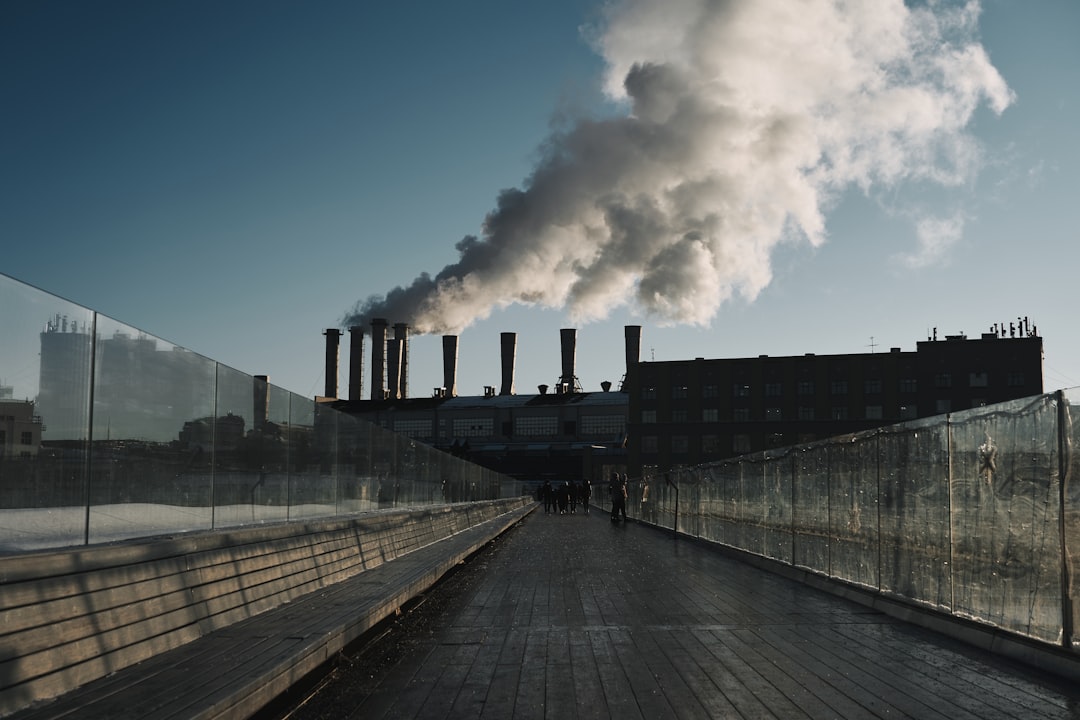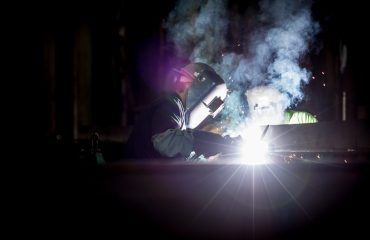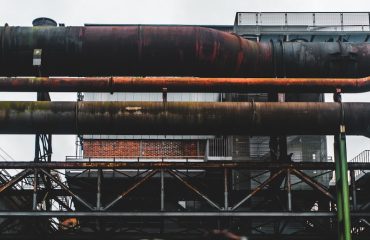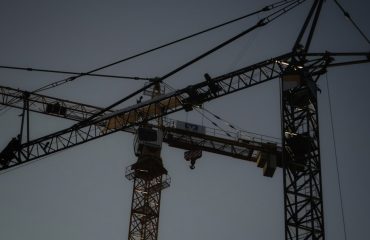body {
font-family: sans-serif;
line-height: 1.6;
}
h1, h2, h3 {
color: #333;
}
The steel industry is a significant contributor to global greenhouse gas emissions. Understanding and accurately reporting these emissions is crucial for driving decarbonization efforts and meeting climate targets. This comprehensive guide provides a detailed look into the complexities of carbon emission reporting within the steel sector.
Scope 1, 2, and 3 Emissions in Steel Production
Accurately reporting carbon emissions requires understanding the different scopes defined by the Greenhouse Gas Protocol. In the steel industry, these scopes encompass a wide range of activities:
- Scope 1: Direct Emissions – These are emissions directly from owned or controlled sources. In steel production, this includes emissions from coke ovens (a significant source of CO2 and other greenhouse gases), direct combustion in steelmaking processes (e.g., blast furnaces), and fugitive emissions from equipment leaks.
- Scope 2: Indirect Emissions from Energy Consumption – These emissions result from the generation of purchased electricity, heat, or steam used in steel production. This often represents a substantial portion of a steel company’s carbon footprint, depending on the energy mix used by the electricity provider.
- Scope 3: Other Indirect Emissions – This is the most complex category and encompasses all other indirect emissions not included in Scope 1 or 2. In steel production, this includes emissions from:
- Upstream activities: Raw material extraction (iron ore mining, coal mining), transportation of raw materials, manufacturing of purchased goods and services.
- Downstream activities: Transportation of steel products, use of steel products by customers (e.g., embodied carbon in buildings), and end-of-life treatment of steel products.
- Business travel and employee commuting: Emissions from employee business travel and commuting to and from work.
Calculating Steel’s Carbon Footprint: Methods and Data
Accurate calculation of steel’s carbon footprint requires meticulous data collection and the application of appropriate methodologies. Common methods include:
- Process-based accounting: This involves quantifying emissions from each stage of the steel production process, using emission factors specific to the technologies and fuels employed. This requires detailed knowledge of the production process and energy consumption data.
- Activity data-based accounting: This approach uses activity data (e.g., amount of steel produced, energy consumed) and emission factors to calculate emissions. This method is less detailed than process-based accounting but can be more efficient for initial assessments.
- Life Cycle Assessment (LCA): LCA provides a comprehensive analysis of the environmental impacts of a product throughout its entire life cycle, from raw material extraction to end-of-life disposal. It offers a holistic view of the steel’s carbon footprint but requires substantial data and expertise.
Data sources can include operational records, energy bills, supplier data, and industry-specific emission factors.
Reporting Frameworks and Standards for Steel Emissions
Several reporting frameworks and standards guide the reporting of greenhouse gas emissions. The most prominent include:
- Greenhouse Gas Protocol: This widely recognized standard provides a comprehensive framework for measuring and reporting greenhouse gas emissions, including the three scopes mentioned above.
- Carbon Disclosure Project (CDP): CDP is a non-profit organization that encourages companies to disclose their environmental impacts, including greenhouse gas emissions. Many steel companies participate in CDP’s reporting process.
- Sustainability Accounting Standards Board (SASB): SASB develops industry-specific sustainability standards, including those relevant to the steel industry. These standards provide guidance on the material environmental issues that investors consider important.
- Task Force on Climate-related Financial Disclosures (TCFD): The TCFD recommends a framework for companies to disclose climate-related risks and opportunities, including greenhouse gas emissions and climate change mitigation strategies.
Challenges and Best Practices in Steel Emission Reporting
Accurate and transparent emission reporting in the steel industry faces several challenges:
- Data availability and quality: Collecting accurate and complete data across the entire value chain can be difficult, especially for Scope 3 emissions.
- Data consistency and comparability: Different methodologies and data sources can lead to inconsistencies in emission reporting, making comparisons between companies challenging.
- Complexity of Scope 3 emissions: Accurately accounting for Scope 3 emissions requires engaging with numerous stakeholders throughout the supply chain, which can be time-consuming and complex.
- Evolving technologies and methodologies: The steel industry is undergoing significant technological changes, requiring updates to emission factors and calculation methodologies.
Best practices include:
- Establish a robust data management system: Implement a system to effectively collect, manage, and analyze emission data.
- Collaborate with stakeholders: Work with suppliers, customers, and other stakeholders to collect data for Scope 3 emissions.
- Employ appropriate methodologies: Select calculation methodologies that are appropriate for the level of detail and accuracy required.
- Regularly review and update reporting processes: Stay updated on the latest standards and methodologies and regularly review and update reporting processes to ensure accuracy and completeness.
The Future of Carbon Reporting in the Steel Industry
The future of carbon reporting in the steel industry will be shaped by several factors:
- Increased regulatory pressure: Governments worldwide are implementing stricter regulations on greenhouse gas emissions, requiring more detailed and transparent reporting.
- Investor demand for transparency: Investors are increasingly demanding greater transparency on climate-related risks and opportunities, including greenhouse gas emissions.
- Technological advancements: New technologies, such as carbon capture, utilization, and storage (CCUS), will significantly impact the industry’s carbon footprint and reporting practices.
- Standardization and harmonization: Efforts to standardize and harmonize reporting methodologies will improve data comparability and transparency.
Accurate and transparent carbon emission reporting is essential for the steel industry to achieve its decarbonization goals and contribute to global climate action. By embracing best practices and adapting to evolving standards, steel companies can play a vital role in creating a more sustainable future.
Tags: Steel emissions, carbon footprint steel, greenhouse gas reporting, steel industry sustainability, carbon accounting steel




